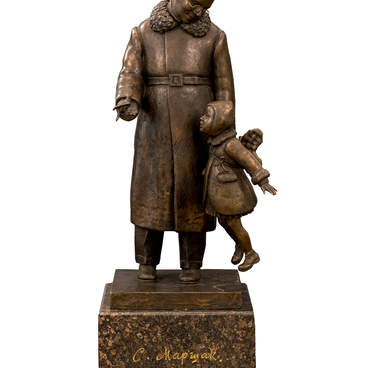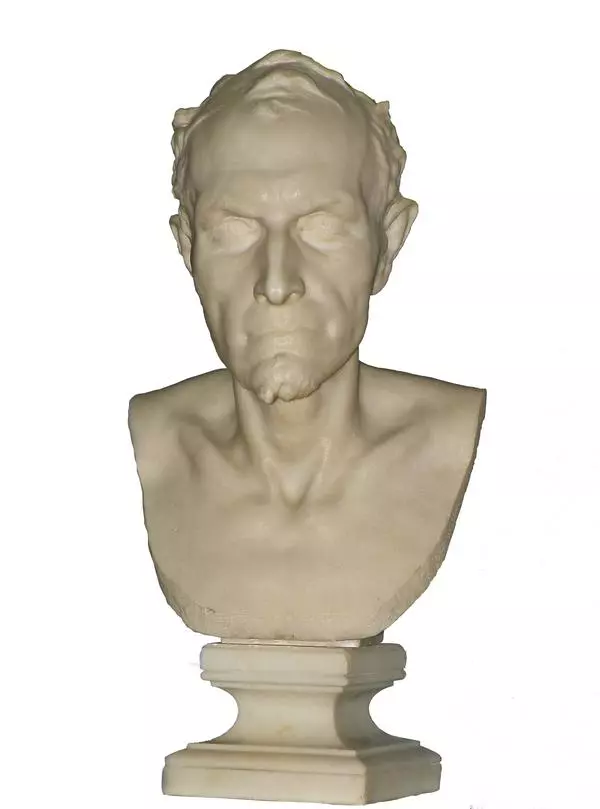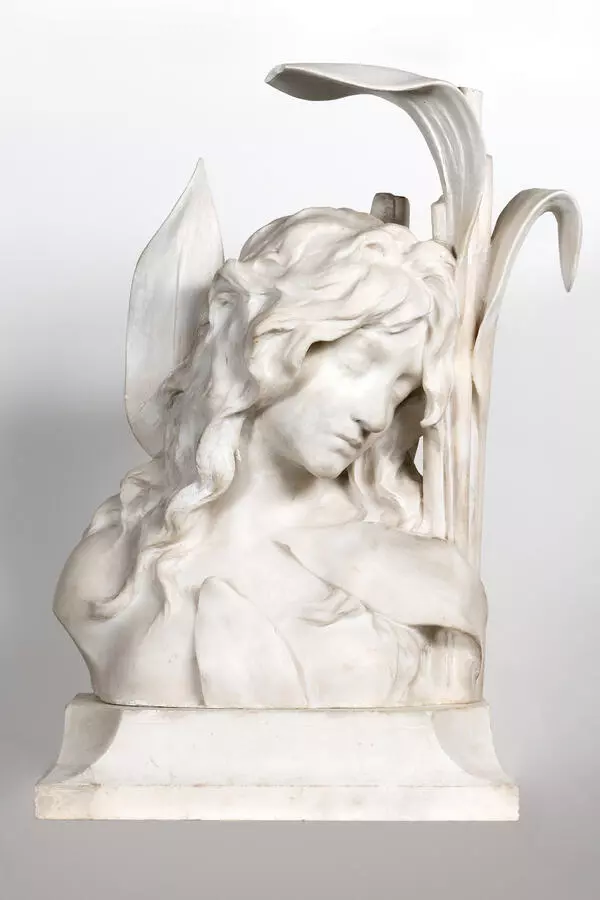Critics associated the name of the sculptor Mark Antokolsky with the art of the Wanderers. The artist’s works always appealed to the contemporaries with the relevance of the issues that he drew from biblical and evangelical tales and from national Russian history. The permanent exhibition of the museum features a bronze copy of the sculpture “Christ.” A similar sculpture “Christ before the People’s Court, ” made in marble in 1874, is located in the State Tretyakov Gallery.
The sculpture is one of the artist’s best works on the plot of “The Trial of Pilate.” For this art piece, the sculptor was awarded the highest award — a Grand Gold Medal and an Order of the Legion of Honor at the World’s Fair in Paris in 1878. In his figure of Christ, Antokolsky sought to show him as “the one who rebelled for truth, for brotherhood, for freedom.” The artist interpreted his image from a human perspective: everyday details — a chiton, an oriental cap, sandals — violated the traditional appearance of Christ.
Such artists as Ivan Kramskoy, Nikolai Ge, and Vasily Polenov subsequently turned to this psychological image. Christ is depicted in a calm pose, with his hands tied behind him. The Savior is shown in the last moments of his earthly service to the people, to whom he is ready to sacrifice himself. It is at these moments, according to Antokolsky, that the main knot of the drama is tied.
According to the sculptor, his Christ is depicted as he “appears in the 19th century.” The artist’s attention is focused on the transmission of an inner feeling that has almost no expression in external manifestations. Everything in the image of Christ is restrained, harmonious, majestic. In the gaze of Christ, which is modeled with amazing skill, one can see detachment and sublimity. Antokolsky’s Christ is adamant and convinced of his rightness, there is no active protest in him, but there is also no despair. The soulful, delicate face of Jesus is full of kindness and light. This was the opinion of Antokolsky himself, who said that he sought to show Christ “not so much as a God-man, but as a moral and ethical symbol.”






